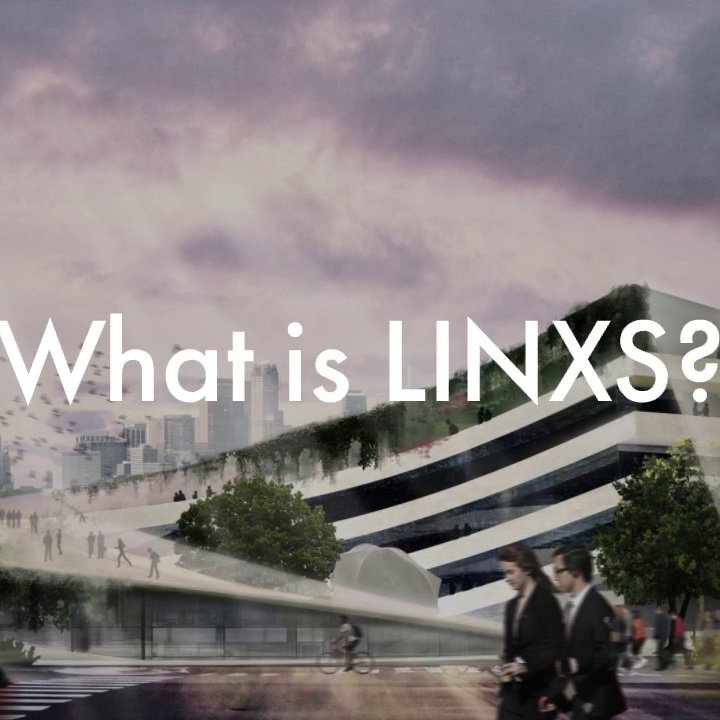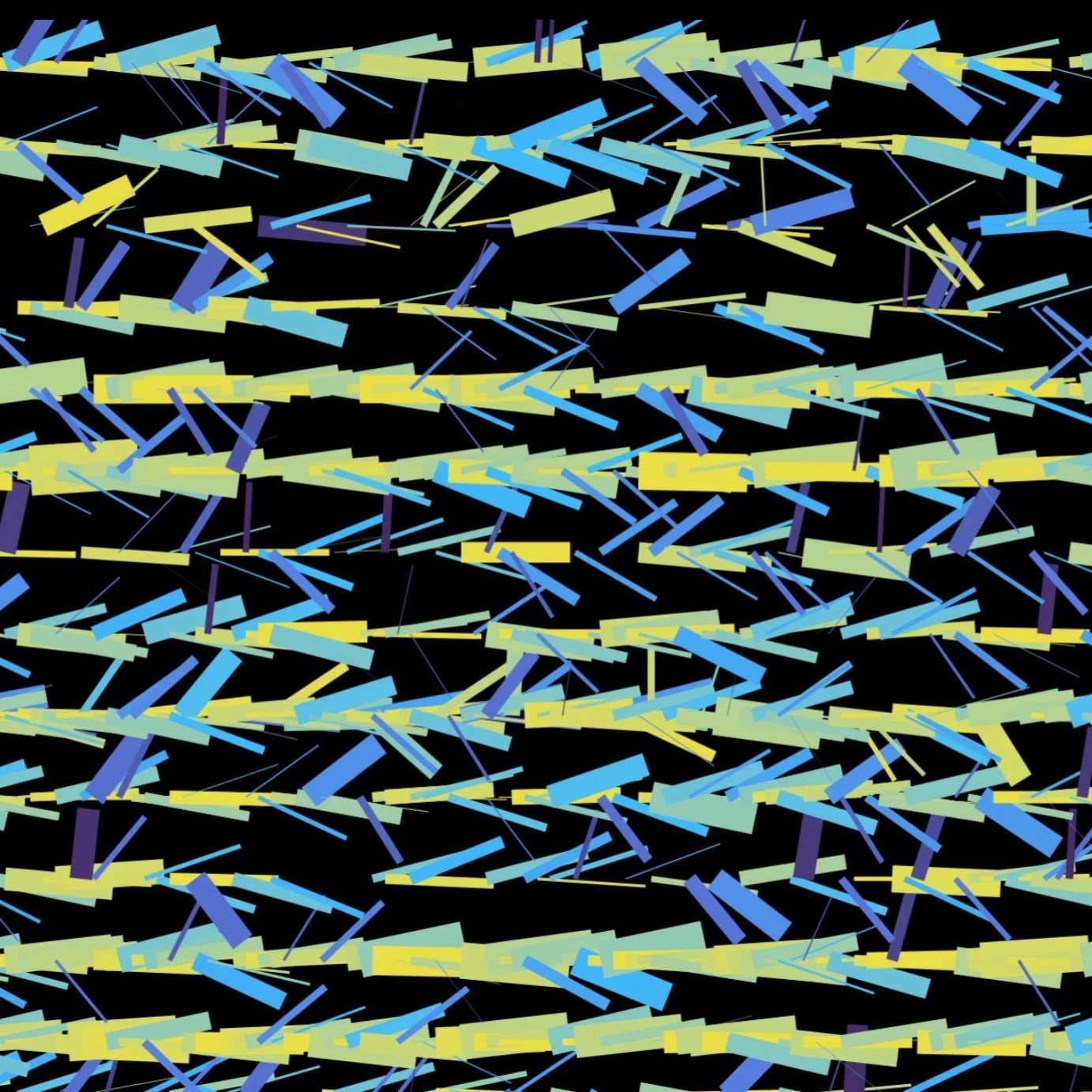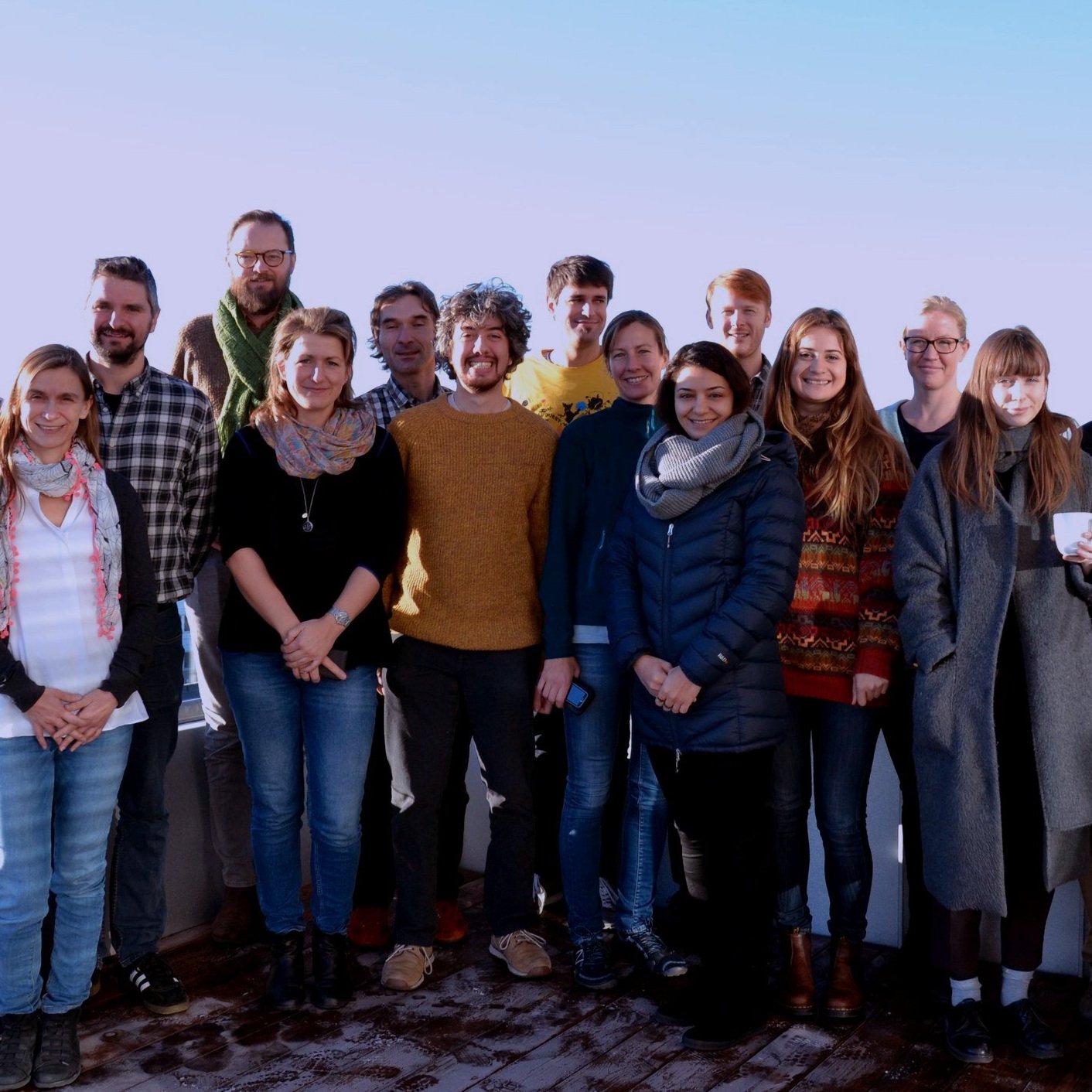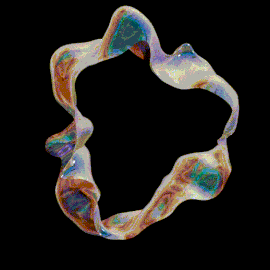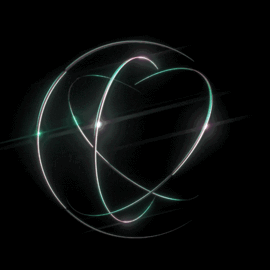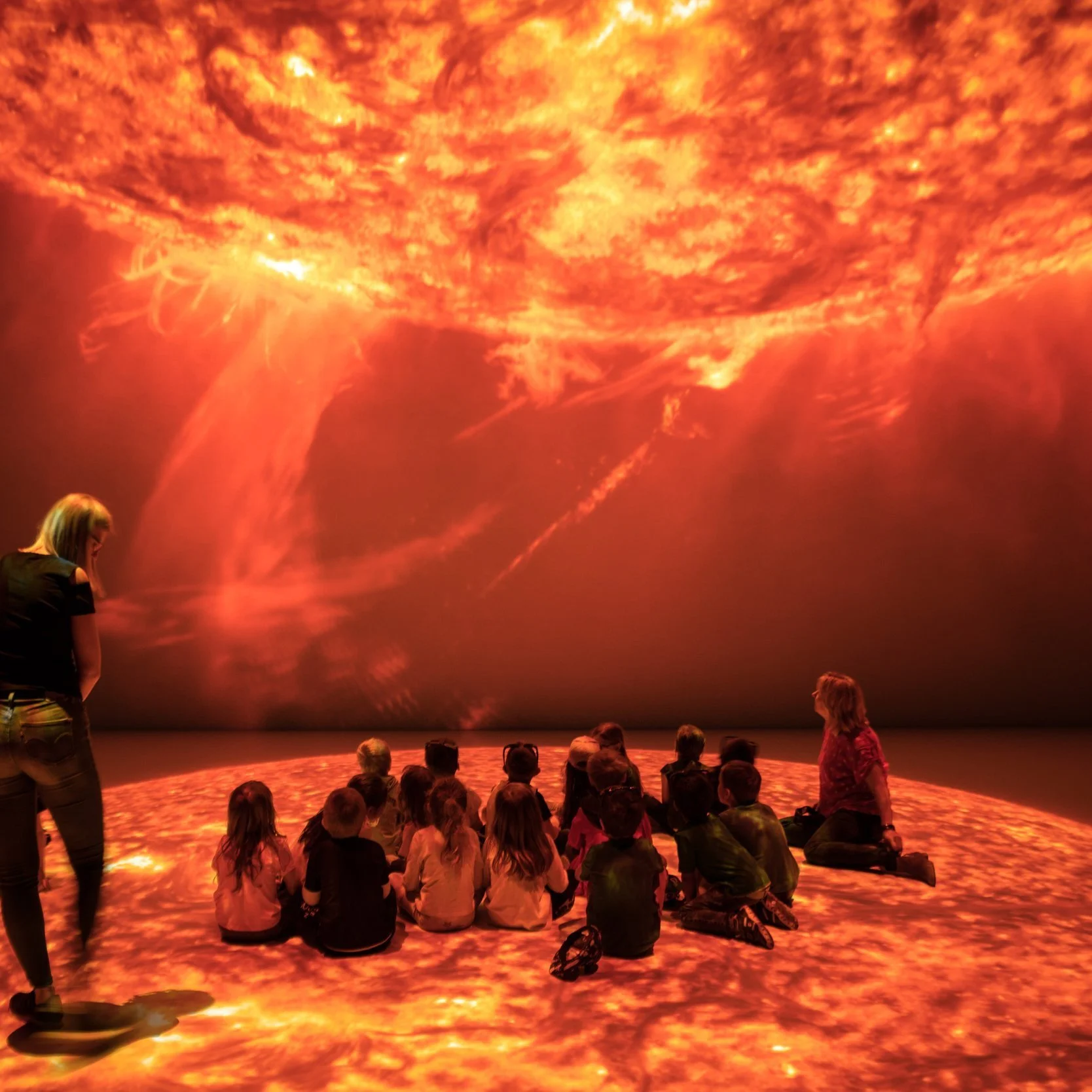agenda
09:15–09:30 Welcome and Introduction (New Material’s leader Elizabeth Blackburn and LINXS Director Trevor Forsyth)
09:30–10:15 Charge Transfer Materials (working group 2)
Speakers:
Dr Verena Markmann (Technical University of Denmark, Denmark), “Light-induced Dynamics in and around Solvated Complexes”
Dr Thai Pham (Lund University, Sweden), “Development of ultrafast x-ray absorption spectroscopic measurement at FemtoMAX beamline, MAX IV laboratory”
Dr Alfred Larsson (Lund University, Sweden), “Oxidation and Reduction of a Gold Model Electrocatalyst”
10:15–11:00 Functional Magnetic Materials (working group 1)
Speakers:
Prof Andreas Michels (University of Luxembourg), “Neutron scattering fingerprint of vortexlike flux closure in nanostructures”
Dr Annika Stellhorn (European Spallation Source, Sweden), “Magnetic SANS – Prospects of data analysis”
Dr Erik van Loon (Lund University, Sweden), “Electronic correlations in two-dimensional materials”
11:00–11:15 Coffee break
11:15–12:00 Nanostructures and Interfaces (working group 4)
Dr Calle Preger (MAX IV Laboratory, Sweden), “In-flight XPS studies on aerosols and non-supported nanoparticles using the newly developed aerosol sample delivery system at MAX IV Laboratory”
Mehran Sedrpooshan (Lund University, Sweden), “Multifunctional 1D magnetic self-assemblies”
12:00–12:45 Catalysis (working group 5)
Speakers:
Dr Jan Knudsen (MAX IV/Lund University, Sweden), “Probing minority sites and their activity using chemical perturbations and Fourier Transformed Ambient Pressure X-ray Photoelectron Spectroscopy”
Dr Sabrina Gericke (Lund University, Sweden), “Characterization of oxide-based catalysts and model catalysts for renewable fuels”
13:00–14:00 Lunch
14:00–16:00 Panel discussion Chairs: Helmut Schober (Director of European Spallation Source), Olof “Charlie” Karis (Director of MAX IV), Elizabeth Blackburn (New Materials theme leader)
Within the New Materials for Energy and Sustainability theme, there was a focus on specific scientific areas, namely magnetic materials, catalysts and charge transfer materials. To be successful, these studies impose certain particular requirements on the beamlines, instrumentation, and data handling required. Some of the theme’s activities have focussed on these aspects, as we will hear in the morning session.
In the discussion round, we would like to focus on:
the facilities’ view of their strengths in these areas, and if there are any gaps
input from theme members on developments they would like to see
are there any particular sticking points
input from other LINXS themes if time permits
16:00–17:00 Poster session and mingle

